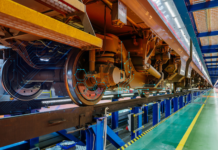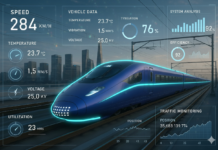Abstract
3 February 1925 was the day when Indian Railways began its journey of electrification. After 100 years, today this journey is nearing completion. Railway electrification now stands as a major component in Indian Railways’ strategy to lower its carbon footprint. As of August 2025, approximately 99.1% of the broad-gauge network has been electrified, which covers 69,154 route kilometres out of a total of 69,800. This rapid progress reflects an accelerated pace of electrification, which has increased from 1.42 kilometres per day during 2004–2014 to 19.7 kilometres per day in 2023–2024.
The transition from diesel to electric traction offers multiple advantages. It reduces greenhouse gas emissions, increases energy efficiency, and decreases operational costs in the long run. Moreover, electrified railways facilitate the integration of renewable energy sources, which aligns with India’s broader goal to achieve sustainable development. Indian Railways plans to meet its projected traction power requirement of 10,000 MW by 2030 through a diversified energy mix, including solar, wind, and nuclear power. This comprehensive approach outlines the critical role of electrification in India’s journey toward a low-carbon future.
In this article, we will delve into the technical aspects of railway electrification, examine its environmental and economic benefits, and assess its impact on the decarbonisation of railways.
Key Factors of Railway Electrification and the Transition from Diesel Locomotives
Railway electrification in India commenced in 1925 with the commissioning of a 16 km section in Mumbai. This was the first operational use of electric traction in the country, which laid the foundation for energy-efficient and higher-capacity rail transport.
Between 1947 and the early 21st century, electrification progressed in a phased and strategic manner, and focused on high-density commuter corridors, key intercity routes, and freight-heavy sections. These initiatives were integrated into Indian Railways’ five-year planning cycles, which necessitated systematic expansion, operational efficiency, and the adoption of technological standards for electric traction.
Many financial, technical, operational, and environmental factors have driven the transition from diesel locomotives to electric traction. These factors include:
- Dependence on Oil Imports
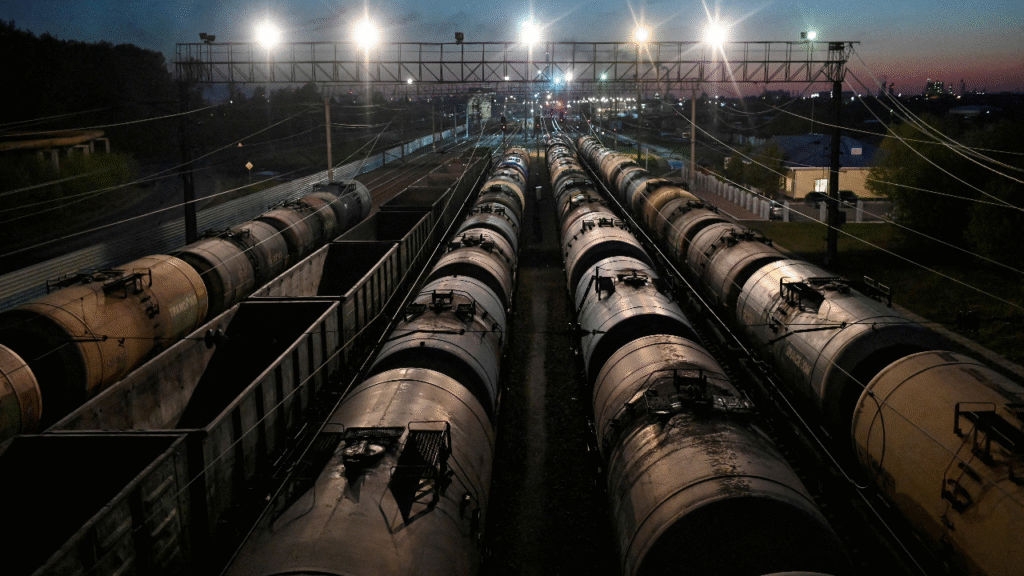
The first diesel locomotive was introduced in India in 1954. Despite this, steam locomotives, powered by domestic coal reserves, continued to dominate operations until the 1980s. The large-scale adoption of diesel traction modernised the railway network but also increased dependence on imported crude oil. India sources nearly 80% of its petroleum requirements from abroad. This dependence exposed railway operations to fluctuations in international oil prices, creating pressure to manage operational costs while keeping fares and freight charges affordable. In response to the oil crisis, Indian Railways began to accelerate its electrification programs from the 1980s onward.
Note: Indian Railways reduced traction fuel consumption by 136 crore litres between the 2018–19 and 2023–24 fiscal years. This reduction is largely due to the ongoing “Mission 100% Electrification” initiative, which has accelerated the transition from diesel to electric traction across the network.
- Higher Energy Efficiency

Electric locomotives use energy more efficiently than diesel engines. About 95% of the electricity generated is converted into motion at the wheels, while diesel engines only use around 30% of the fuel energy. This means electric trains consume less energy and cost less to run, which makes them more economical and effective for the railway system. Modern electric locomotives can also use regenerative braking, saving an additional 15–20% of energy.
- Greenhouse Gas Emissions
Diesel locomotives produced high levels of greenhouse gas emissions. In 2017–18, diesel combustion alone contributed over 7.5 million tons of carbon dioxide equivalent, accounting for more than 90% of the railway network’s total emissions. Studies by the IEA and UIC in 2015 reported that Indian Railways emitted approximately 11.5 grams of CO₂ per passenger-kilometre and 9.5 grams of CO₂ per ton-kilometre of freight. The high level of emissions has been one of the critical factors that has accelerated the pace of electrification.
The Pace of Railway Electrification in India Over a Century
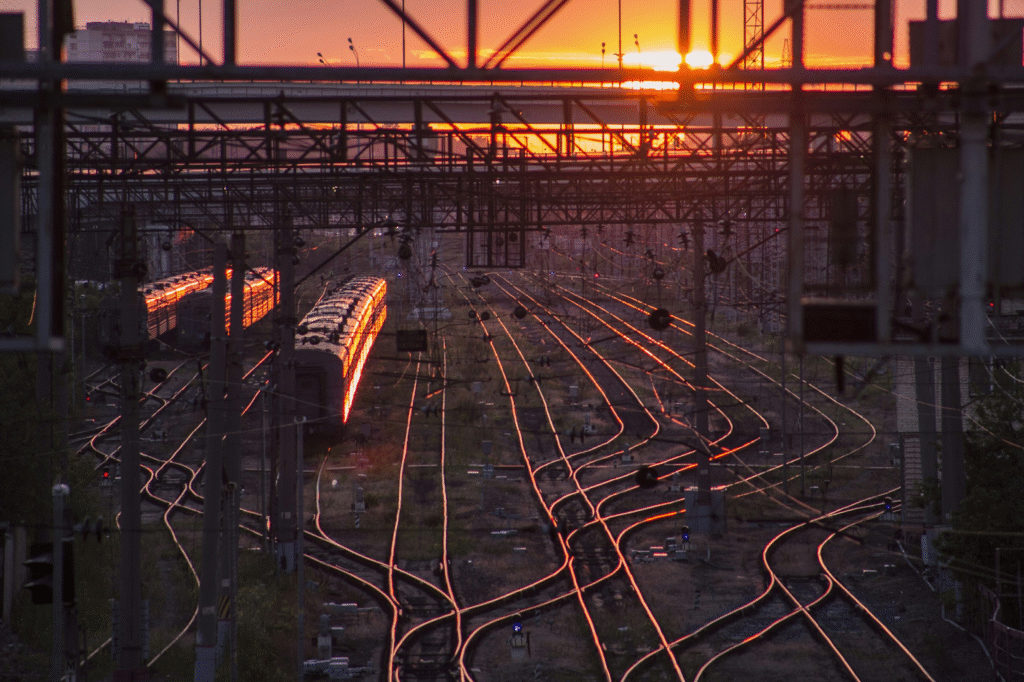
India electrified 45% of its railway network in just five years. Between 2014 and 2019, Indian Railways electrified approximately 30,000 route kilometres.
In January 2015, a major shift occurred when the National Railway Board established an Environment Directorate to coordinate environmental and sustainability initiatives across the Indian Railways network. At that time, the railway network operated a mix of diesel and electric locomotives, with approximately 45% of routes electrified.
The centralised investment and planning through the Environment Directorate accelerated electrification. Between 2019 and 2023, the network was electrified at a rate of 16 route kilometres per day, nearly double the rate of the previous five-year period and nine times faster than earlier efforts.

Electrification Rate of Indian Railways (Average Route Kilometres per Day, RKM/Day)
Since 2014, about 40,000 km of railway lines have been electrified in India, compared to 21,801 km electrified in all the years before 2014. This shows that the pace of railway electrification has been the fastest in the last 15 years. Between 2011 and 2020, around 20,000 route kilometres (rkm) were electrified. This progress has continued steadily, with another 20,000 rkm electrified between 2020 and November 2023.
Current Status of Railway Electrification
As of August 2025, Indian Railways has electrified 69,154 route kilometres out of a total of 69,800 km, achieving a 99.01% electrification of its broad gauge network. A total of 646 Route Kilometres (RKM) remains unelectrified, which lies in five states: Assam, Rajasthan, Karnataka, Tamil Nadu, and Goa. Assam has the highest proportion of unelectrified tracks, with 269 RKM, which constitutes nearly 10% of its total railway network. Rajasthan follows with 93 RKM, which is less than 1% of its overall network pending electrification.
The Impact of Railway Electrification
Decarbonisation of Railways
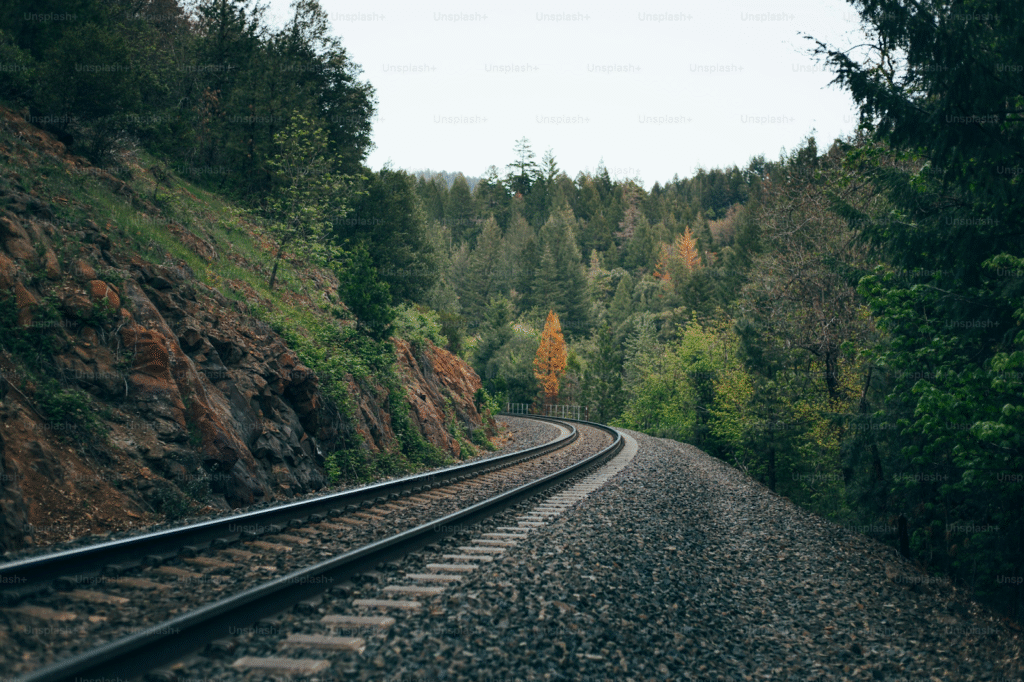
Electrification of railway lines is a central component of the Indian Railways’ long-term strategy to modernise its infrastructure and reduce environmental externalities associated with diesel traction. The Indian Railways operates one of the largest transport networks in the world. A portion of this operation is still dependent on diesel locomotives, which generate considerable quantities of carbon dioxide (CO₂), nitrogen oxides (NOₓ), particulate matter (PM), and other pollutants. The transition to electrification directly addresses these issues by shifting to electric traction, which not only lowers greenhouse gas emissions but also improves efficiency of operations, given that electric locomotives provide higher power-to-weight ratios and faster acceleration.
A main driver for railway electrification is India’s stated objective of achieving net-zero carbon emissions from the railway sector by 2030. This target requires a comprehensive approach, where complete electrification is a prerequisite. When Electric locomotives are powered by grid electricity, which is sourced from renewable energy, they have negligible direct emissions. Electric traction systems achieve efficiency levels above 90%, which directly reduces energy demand per unit of transport service delivered. This efficiency results in less primary energy consumption, lower operational costs, and a substantial decline in the overall carbon footprint of railway operations.
Integration of Renewable Energy

Another critical dimension of electrification’s role in decarbonisation is its integration with India’s renewable energy sector, particularly solar power. The Government of India is scaling up renewable capacity nationwide, and Indian Railways has aligned its energy strategy to directly source clean electricity for traction and non-traction purposes. Installed solar capacity across the railway network has already crossed 4,500 MW, combining both rooftop and land-based installations. IR has commissioned rooftop solar panels at 2,427 stations, 1,295 service buildings, and 673 residential quarters, which contribute to a cumulative 236 MW of generation capacity.
An additional 224 MW of rooftop capacity is under implementation. To ensure a reliable supply of renewable power for its high-demand operations, Indian Railways is also deploying 2,301 MW of round-the-clock renewable energy (RE-RTC) capacity in Rajasthan and Maharashtra. These measures enable the electrified railway network to progressively decouple from coal-based power generation and transition to a cleaner, more stable energy mix. The integration of solar energy with electrification not only reduces the system’s dependence on fossil fuels but also enhances long-term energy security by lowering exposure to fluctuations in global fuel markets while simultaneously reducing the carbon footprint of railway operations.
Limitations of Electrification: The Gaps in Net-Zero Carbon Emission Pathway
Electrification Alone Does Not Equal Decarbonisation
Even if Indian Railways achieves 100% electrification in the coming months, this milestone will not in itself result in full decarbonisation of operations. Electrification primarily eliminates the direct use of diesel traction but does not automatically address the carbon intensity of the electricity that powers the railway network. At present, a proportion of India’s grid electricity is still generated from coal-based thermal plants, which remain the dominant source in the national energy mix. As a result, while the shift from diesel to electric traction reduces local air pollution and improves energy efficiency, the overall carbon footprint of the railway system continues to be linked to fossil-fuel-based electricity generation.
This creates a gap between electrification and decarbonisation. Electrification represents the transition of traction power supply from internal combustion to electric systems, but true decarbonisation requires that the electricity used be sourced from non-fossil-fuel-based renewable energy such as solar and wind. Without this transition, the indirect emissions associated with coal-based power generation persist, thereby limiting the environmental gains of electrification.
Increase in Balancing Costs
The Climate Policy Initiative’s study (2017) on the decarbonisation of Indian Railways highlights this gap clearly. The study found that full decarbonisation of traction power by sourcing electricity from renewable energy could be 26–28% cheaper than the business-as-usual pathway by 2030. However, this transition requires more than just connecting to the grid; it demands a deliberate shift in sourcing electricity from coal-based supply to a diversified renewable mix. The report highlights that relying solely on solar power would make the system heavily dependent on balancing mechanisms, which will increase the balancing costs to as much as 63–78% of the total cost. An optimal mix of wind and solar, where wind capacity is nearly 8 times greater than solar, can limit balancing costs to just 5–8% by 2030 and ensure a better match between supply and demand.
Renewable Integration and Balancing Challenges

Source: CPI Study
This brings out a second gap. Decarbonisation is not simply about installing solar panels or building wind farms, but about ensuring uninterrupted supply reliability. Wind and solar power are variable, with generation depending on time of day and seasonal patterns. The CPI study mentions that Indian Railways would require renewable capacity about 6 times its electricity demand, as well as power banking or energy storage mechanisms, to manage variability. Without these systems, the Railways would remain dependent on coal-heavy grid supply to cover shortfalls, which would undermine its decarbonisation goal.
Policy and Regulatory Barriers

Another gap is in policy and rules. The CPI study pointed out that current laws and regulations make it harder for Indian Railways to use renewable energy. Some states do not recognise the Railways’ rights to transmit and distribute electricity, which slows down the creation of a national system to balance electricity supply. It is also difficult for the Railways to set up affordable storage or power banking to manage changes in renewable energy supply. These problems make it harder for Railways to buy renewable electricity and keep a steady power supply.
Conclusion
The electrification of the railway network is not an isolated infrastructure upgrade but a systemic intervention that closely aligns with the broader climate and sustainability objectives of Indian Railways and the nation. Currently, 69,154 route kilometres out of a total of 69,800 km of the broad gauge rail network have been electrified, which accounts for 99.1% of the network. The strategy to electrify the railway network forms the backbone for decarbonisation, as it provides multifaceted benefits such as a reduction in carbon emissions and lower operational and maintenance costs. In addition, the transition to electric traction from diesel will ease the burden of crude oil imports and make the Railways economically sustainable.
Although electrification is important, it is not enough. To really reduce carbon emissions, Indian Railways needs to source large amounts of renewable energy, use an optimal mix of wind and solar power, invest in storage and backup systems, and address policy and regulatory barriers. Only when these gaps are filled can electrification lead to real decarbonisation and help Railways reach net-zero carbon emissions by 2030.
To get real-time updates on metro and railway tenders, join our WhatsApp Community:https://chat.whatsapp.com/GP8MIGQ7fP6Eapgbm3d8og?mode=ems_copy_c
Explore how AI-integrated systems are improving comfort, connectivity, and accessibility for passengers across metro and rail networks at the 6th edition of InnoMetro, India’s leading expo for the Metro & Railway industry.
Date: 21-22 May 2026
Venue: Bharat Mandapam, New Delhi
Register now: https://innometro.com/visitor-registration/




